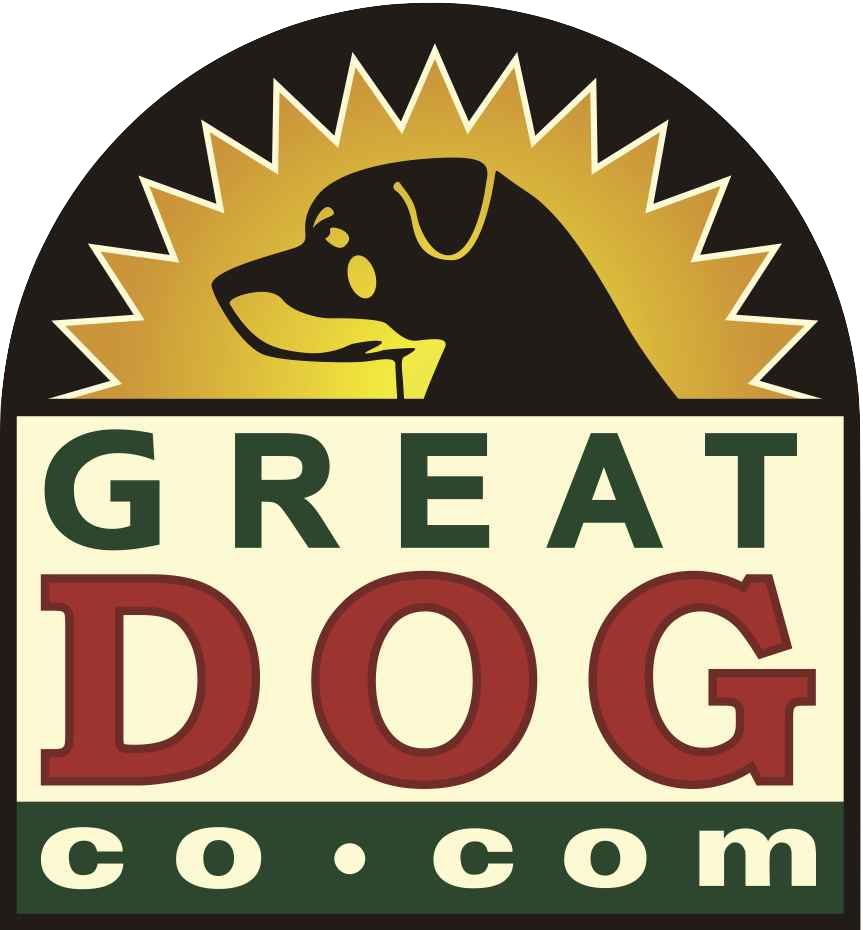Are you concerned about what your dog eats?
Specificity trumps imprecision. Consumers should have a preference for an ingredient list that reads "Chicken breast meat" over one that says "Chicken". When Chicken is listed on a chew or treat ingredient list it can include chicken heads, toenails, guts, feathers and bones. When a chew or treat ingredient list includes chicken breast meat it includes chicken breast meat.
As a second example, most USA “commercial” feed lot beef have synthetic and natural hormones added to an ear tag to help animals grow larger and quicker. Antibiotics are also added to their feed to help fight off infections endemic in feed lots. Yet these added hormones and chemicals never show up on an ingredient list.
It is easier to trace ingredients when there is only one
GMO corn starch, wheat gluten, stabilizers, preservatives, liquid smoke, BHT, BHA, peas, hydrogenated palm oil, sweet potato. Instead, how about US sourced and USDA inspected Bison Liver. Now that's something I know my dog will like!
My dog is a picky eater
The fresher a product is the more your dog likes it. If a product has a short shelf life it smells and tastes better because it's fresh. Most big box stores choose product with a minimum of 2 years shelf life. To increase the shelf life of a product, a manufacturer will stabilize products by using unpalatable additives, then mask the addition of these additives with something else. If there is only one ingredient there is no masking required. We have yet to find a dog who prefers a chew or treat with a long list of ingredients over a single ingredient chew like bison liver or bison achilles tendon chews in a side by side comparison.
My dog has allergies
Identifying the allergen(s) requires working with your veterinarian. If it's determined that it's not "seasonal" or a "contact" allergy, then it has to be either an an inherited problem or a "food" allergy. Common signs of food allergies include a dog licking its paws, biting its joints, losing hair, having sore bumps on his/her muzzle or discharge from his/her nose or eyes. The most common food allergies in dogs are in response to protein from dairy, beef, chicken, eggs, lamb wheat gluten and soy. When feeding a dog chew or treat to a dog with food allergies, avoid the list above - notice that bison is NOT on it. It's been our experience for dogs with allergies that if you avoid chews or treats containing any of the proteins listed above and any ingredients you can't pronounce, you will be on your way to having a healthier and happier dog.
Ounce for ounce there's a lot more value
We think all dog lovers would rather spend their hard earned money on dog chews and treats that dogs prefer, are healthier, require work and saliva to break down thereby lasting longer as well as helping to keep gums and teeth clean. Dog chews and treats with multiple ingredients, many that you can't pronounce, are added to extend the most expensive ingredients and/or the life of the product. Most of these chews are consumed quickly, have limited gum and teeth cleaning benefits and far less nutritional value as compared to single ingredient chews and treats. Ounce for ounce, single ingredient chews are a far better investment and make for a healthier and happier dog.















